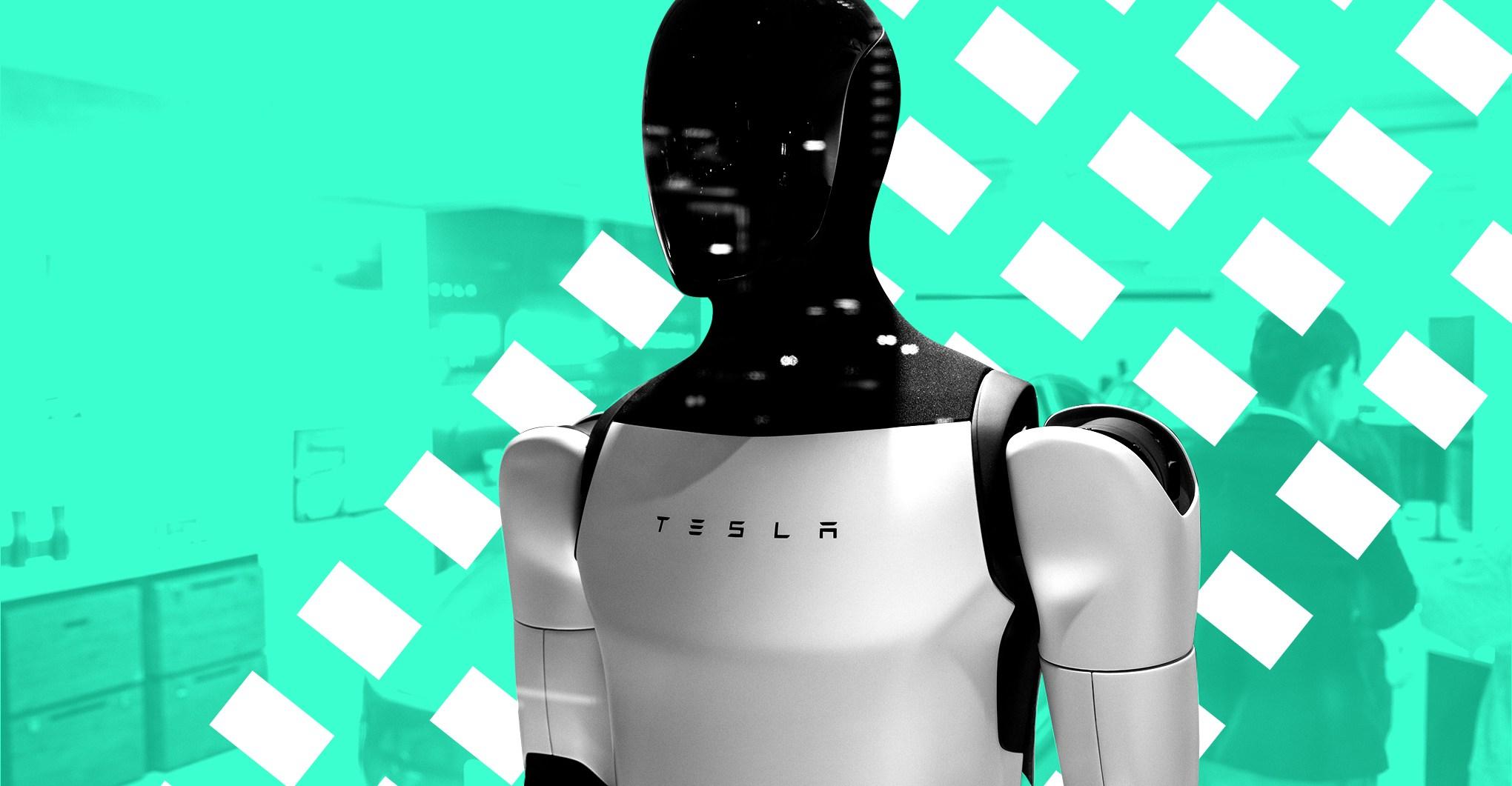Here’s what the federal rules mean for car companies, the climate, and you.


The Environmental Protection Agency has officially cemented new pollution rules for cars, pickup trucks, vans, and SUVs that the Biden administration called the US’s strongest-ever clean vehicle regulations. The EPA says the new rules will avert 7 billion tons of greenhouse gas emissions and provide close to $100 billion in savings per year across the country in the form of fuel costs, lower maintenance needs, and health benefits.
The challenge for the government and carmakers, though, will be actually getting people to buy enough of these cleaner cars to move the needle. And that may be harder than regulators and the industry thought.
Because of that concern — and some feedback from car companies that the technology and demand wouldn’t materialize fast enough — these new standards are notably more lenient than those the EPA proposed almost a year ago. The EPA slowed the pace at which companies would need to lower pollution outputs and offered more options to meet the targets, which kick in for model year 2027 and run through 2032.
The regulations are not specifically designed to promote battery electric vehicles and instead allow carmakers to pursue a variety of options, like more efficient gasoline engines, plug-in hybrids, and hydrogen-powered cars.
“We are providing a little bit more lead time so that these investments can occur, not just in the automobiles themselves, but the infrastructure,” EPA administrator Michael Regan told Vox.
Car buyers will see even more fuel-efficient and electric models in showrooms going forward, but the most gas-guzzling cars and trucks won’t be available for sale much longer. Some of these cleaner cars may have a higher sticker price at first, but the EPA says that the new rules will save drivers money over time and that prices will fall as manufacturers scale up.
That’s a key question: While EVs are more popular than ever, demand has fallen short of what many manufacturers predicted. A Yahoo Finance/Ipsos poll last year found that one in three prospective car buyers said it was likely their next car would be an EV. Still, in 2023, only 7.6 percent of new cars sold were electric, due in part to concerns about price, performance, and spotty charging infrastructure.
Some companies are scaling back their electric offerings, while others are renewing their bets on hybrid-electric cars.
This underscores why decarbonizing transportation is one of the toughest climate challenges. It’s not simply about imposing rules or developing technology; it requires winning over fickle consumers who are worried about many other things in addition to the environment.
The EPA says the new vehicle regulations would protect health, the climate, and wallets
Transportation is the largest source of heat-trapping gases emitted by the US, the majority of which come from road vehicles burning gasoline and diesel. For the US to meet the climate change targets set by the Biden administration — cutting emissions in half by 2030 relative to 2005 levels — it’s essential to curb greenhouse gases from cars and trucks.
These vehicles also spew pollutants that have immediate health harms — nitrogen oxides, soot, volatile organic compounds — so reducing their output will have widespread air quality benefits as well.
The EPA this week also changed the way it compares the fuel economy of electric cars to those powered by gasoline, giving manufacturers much less credit for EVs. Electric cars obviously don’t burn gasoline, but they still have an environmental footprint depending on the emissions of the electricity used to charge them and their overall efficiency. And in order to calculate the average fuel economy for a fleet of vehicles that includes electrics, the EPA has devised a formula to figure out roughly how electrons translate into hydrocarbons.
For instance, the Ford F-150 Lightning electric pickup truck used to get 238 miles per gallon, but under the new formula, it gets 83 mpg. That means Ford will have to sell a lot more electrics or dramatically increase the fuel efficiency of its conventional cars to meet mileage requirements.
Combined, these regulations give manufacturers a strong push to not just build cleaner vehicles, but also promote them to their customers.
Prices for cleaner cars need to drop alongside emissions
The new EPA regulations don’t map out a specific route to their destination, but if carmakers choose the electrification path, the agency estimates that between 30 and 56 percent of new light-duty and 20 to 32 percent of medium-duty vehicles sold from model years 2030 to 2032 would have to be fully electric.
“Sold” is the key word here. It’s not enough for the government to set the standard and for automakers to build the car — someone has to actually buy it. And right now, the industry isn’t making enough of the cars that consumers want or can afford to purchase that line up with the new regulations.
EVs have also broken promises to drivers. Many buyers say models have failed to live up to range estimates, have quality and reliability problems, and cost more to repair than anticipated. Other owners have complained about the availability and reliability of public charging infrastructure. Some car dealers have been reluctant to keep EVs on their lots.
Some of these issues are just growing pains that come with a new technology, but changing consumer perception will be critical to keeping EV growth humming.
That’s created an opening for hybrid cars, which offer many of the same strengths as gasoline and electric vehicles in one package. For companies like Toyota that have a long history building hybrids but have been slower to produce EVs, the final regulations offer them an easier path forward. “They will tell you selling a large number of hybrids is far better than selling a moderate or small number of electric vehicles,” said Alan Baum, principal of Baum and Associates, a market research firm focused on the auto industry. That’s likely true given that close to 80 percent of car trips are less than 10 miles, so several plug-in hybrids that run fully electric, as they can for shorter distances, could displace more greenhouse gas emissions with a lower-range battery capacity than a single car that runs solely on batteries for hundreds of miles.
But it’s also important to remember that the average car in the US has been on the road for 12.5 years. Many vehicles keep rolling for two decades, or even longer. So, shifting gears to cleaner vehicles will have the greatest impact on climate change if it happens at the starting grid rather than the finish line.

Field Marshal Asim Munir attends Christmas ceremony, extends greetings to Christian community.
- 9 گھنٹے قبل

The 10 most read stories on Future Perfect in 2025
- 19 گھنٹے قبل

Govt committed to progress, prosperity of minorities: Pm Shebaz
- 12 گھنٹے قبل
Chiefs agree to deal to move to Kansas in 2031
- 20 گھنٹے قبل

Security forces killed 8 Indian backed terrorists during operations in the Kalat.
- 11 گھنٹے قبل

Christmas: President, PM extend greetings to Christian community
- 12 گھنٹے قبل

Civil, military leadership renew pledge to follow Quaid’s vision
- 12 گھنٹے قبل

Dometic makes a better portable water faucet
- 12 گھنٹے قبل

Apple fined $116 million over app privacy prompts
- 12 گھنٹے قبل
Metcalf suspended two games for fan altercation
- 20 گھنٹے قبل

The year the government broke
- 12 گھنٹے قبل

DI Khan:Security forces conduct successful operation; two Khwarij killed, including a highly wanted terrorist.
- 8 گھنٹے قبل













